As someone who’s tracked WNBA injuries for 10+ seasons, I live inside practice notes, training staff whispers, and those cryptic game-time decisions. If you’re here for the wnba injury report and quick reads on who’s questionable, out, or on a minutes restriction—I’ve got you. I’ll keep it simple, fast, and real.
Here’s the quick version: check the status labels first (probable, questionable, doubtful, out), scan for travel and back-to-back games, and then note any ACL/Achilles history or ankle sprain reinjuries. That’s 80% of the edge right there. Yes, teams shade the truth. We’ll read between the lines anyway.
How I Scan Injury Notes in 60 Seconds
- Look for late “questionable” tags on stars after shootaround. That usually means real pain, not theater.
- Check if it’s a back-to-back or the third game in five days. Fatigue + minor sprain = minutes cap.
- Track prior injuries: ankles and hamstrings re-flare. ACL/Achilles gets cautious ramp-ups.
- Watch language: “conditioning,” “tightness,” “maintenance,” “non-COVID illness” all have patterns.
- Note travel: cross-country flight yesterday? Expect shorter rotations or weird substitutions.
- Mark game-time decision windows: 90 minutes pre-tip is when truth leaks.
If you want to see how I logged this stuff across a whole month, I dumped notes in my August 2025 archive. Same routine. Same tells.
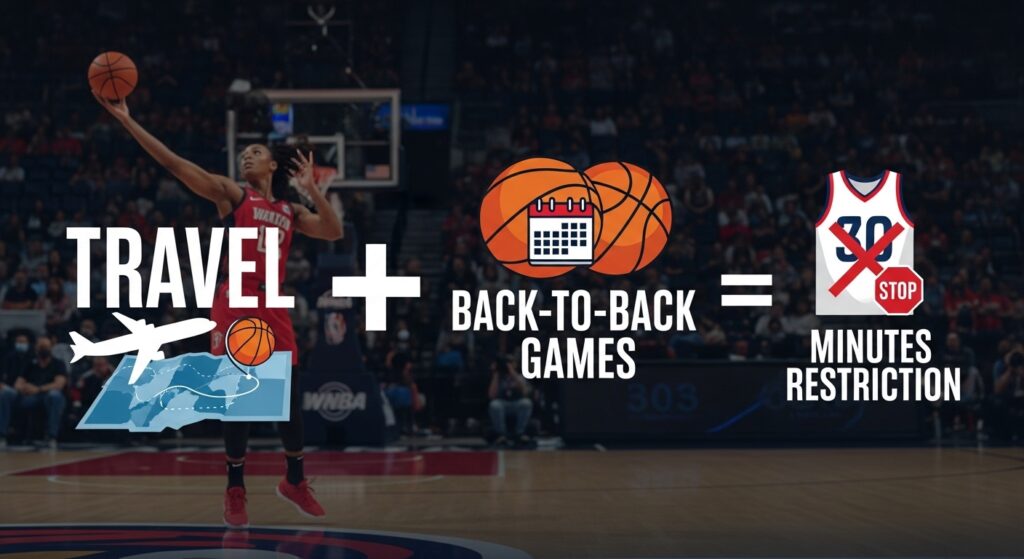
Understanding Injury Status Labels
- Probable: Plays. Might sit if the score gets lopsided or if there’s a back-to-back.
- Questionable: 50/50 on paper, but context matters. Fresh sprain = lower chance. Veteran with “knee soreness” = likely in, capped minutes.
- Doubtful: Basically out. If they play, it’s cameo minutes and PR spin.
- Out: Out, Unless we’re in “finals, adrenaline, tape-it-up” season.
- Game-time decision: They’re testing pain and stability pregame. Look for beat reporters posting warmup videos.
If you’re new to the league and want the quick backdrop on teams, history, and schedules, the WNBA overview gives you context for why travel and fatigue really matter.
Common WNBA Injuries Explained
Quick Reference “Table” (plain and useful)
- Ankle sprain: Typical return: 2–10 days (Grade 1), 2–4 weeks (Grade 2). Red flag: swelling two days after. Note: re-sprain risk is high the first week back.
- Hamstring strain: 1–3 weeks. Red flag: “tightness” repeats every other game. Note: watch sprints and defensive slides early.
- Knee soreness/contusion: 1–7 days. Red flag: “management” tag over multiple games. Note: minutes restriction likely.
- Concussion protocol: variable, but often 4–10 days if symptoms clear. Red flag: “increased activity” without contact clearance.
- Achilles tendon: anything Achilles is slow. If it’s a “flare,” expect cautious minutes, maybe 15–20.
- ACL recovery: planned ramp-ups, DNP-rest on back-to-backs for weeks. Trust the plan, not the optimism.
- Illness (non-COVID): 1–3 days. Red flag: conditioning lag next game back.
For day-to-day listings, I cross-check multiple sources, because one feed will miss a late tag. ESPN’s page is clean and fast: ESPN WNBA injuries. I treat it like a weather radar.
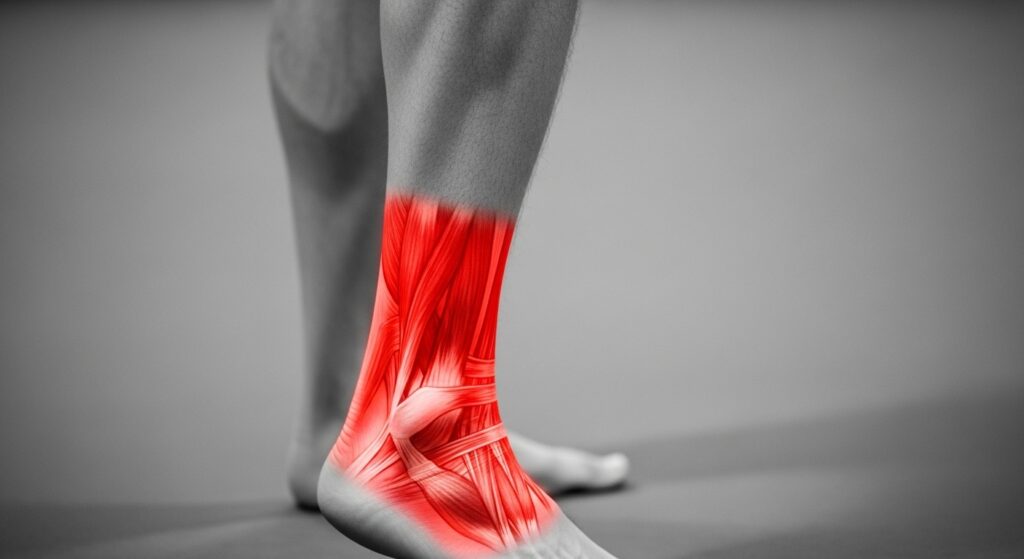
Why Teams Hide the Full Story
I’ve sat courtside and watched a player labeled “probable” barely jog in warmups. Two hours later, DNP. Here’s the thing: coaches want flexibility, and opponents read reports too. So the language gets… fuzzy.
- Soreness: often means pain plus a risk the team won’t disclose.
- Maintenance: is code for “we’re saving her legs,” especially for vets.
- Tightness: is the hedge when they honestly don’t know yet.
- Practice participation beats quotes: If she didn’t do contact, she’s not full-go.
When I weigh injury impact against roster strength, I compare it to how teams grade out over weeks, not just one game. I’ve got my rolling notes in the team rankings section when I’m updating tiers.
And when it’s truly breaking, I watch the news wire. The AP WNBA hub is fast with official updates and quotes post-practice.
Travel, Fatigue, and Minutes Limits
Load management exists. We don’t always call it that, but you can see it.
- Back-to-back after long travel: expect 4–6 minutes shaved off starters, especially after ankle or hamstring issues.
- Return-to-play protocol: the first game back might be 15–18 minutes, then 20–24, then normal. Don’t overreact to the first game’s box score.
- Short bench nights: coaches pick defense or pace. If the injured player is a pace engine, the team slows down.
I also flag tendencies mid-game. Fouls, fatigue, and matchup junk change everything. When I’m live-typing reactions you can usually find me in my messy live commentary notes, tracking rotations.
Case Study: Reading a ‘Minor’ Injury
This one gets me every season. You see the video: rolls the ankle on a closeout. Hobbles to the bench. They tape it. They call it “minor.”
My read: if she lands flat-footed in warmups two days later, it’s pain management. If she avoids lateral cuts or looks stiff on catches, expect 60–80% of normal usage. And if the coach says “we’ll see how she responds,” I assume a soft cap.
For cross-verification, I’ll peek at Yahoo’s feed since they sometimes catch a late tag that others miss: Yahoo WNBA injuries. Redundancy saves you.
And if I want a second angle on the same player status (especially morning-of), I check CBS too: CBS WNBA injuries. Occasional extra notes on timelines pop up there.
How Injuries Change Matchups
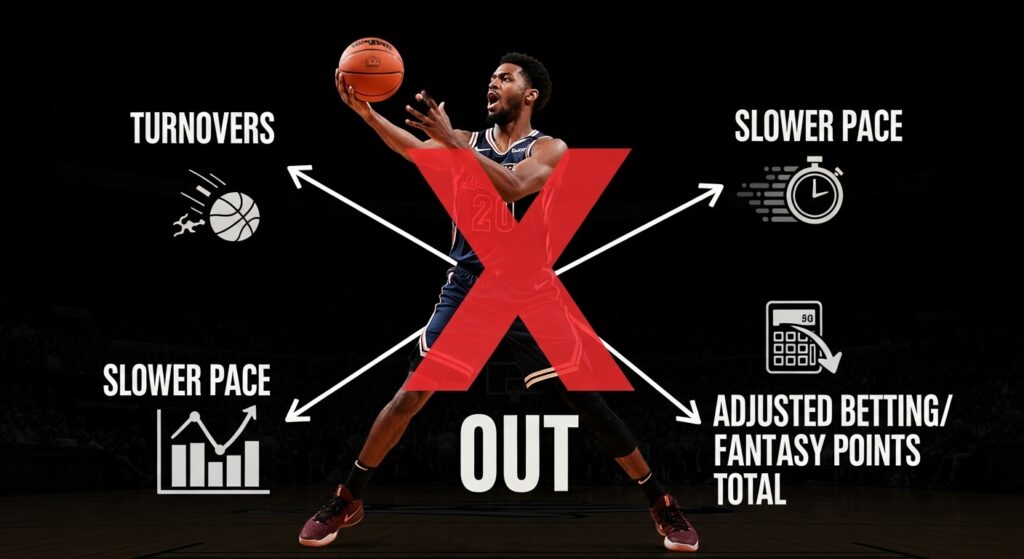
- No primary ball-handler? Turnovers spike. Pace slows. Unders look better unless the bench is all gunners.
- Rim protector out? Opponents’ paint points jump. Attack-at-will guards feast.
- Elite wing defender out? Opposing star’s usage climbs 3–5%. Sometimes more if the scheme collapses.
- Minutes restriction? The staggered rotations can mess with end-of-quarter lineups. Those 2–3 lost minutes matter.
When I break down how these shifts actually looked on film, I dump clips and notes in my match analysis posts. Some of it is nerdy. Some is just me muttering, “Yup, there goes the weak-side tag again.”
Fantasy and Betting Angles
- Track “probable” players coming off illness. Their minutes are fine, but shot legs can be rough for a game.
- Questionable with hamstring? Lean under on points. Deceleration hurts drive volume.
- Back-to-back with cross-country travel? Fewer transition chances. Rebound props rise for tiresome teams.
- Late “available to play” tag? Don’t assume full minutes. Coaches love the cameo trick.
If you want my risk notes on spreads and props after I parse morning shootarounds, I stick them in betting predictions. Not picks for clout. Just the logic.
My Pre-Game Injury Checklist
- Re-scan for any status changes 90 minutes pre-tip. I refresh the WNBA Injury report. Obsessively, yes.
- Check beat writers’ warmup clips. Is she jumping off the injured leg? Cutting right-left-right?
- Re-evaluate pace if a key guard sits. Adjust totals mindset.
- Consider the coach: some are cautious with young stars; others throw them into the fire.
- Note substitution patterns from the last game the player missed. That’s the template.
If I’m ever in doubt, I triangulate across sources and timestamps. ESPN for speed, CBS for mid-morning updates, Yahoo for late toggles. You don’t need all of them every time—just know where the gaps live.
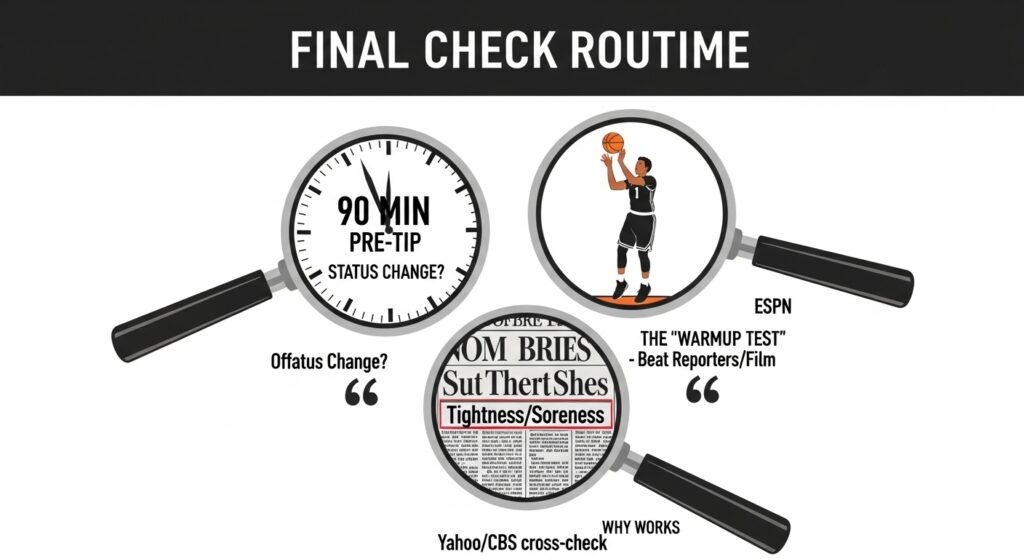
Hard-Earned Lessons from Tracking Injuries
- “Available” doesn’t mean “full go.” It just means the jersey is on.
- Return-to-play sessions have ceilings. You won’t out-stubborn a medical plan.
- Old injuries speak. Prior Achilles or ACL? The ramp is the ramp. Ignore the hype clips.
- Practice participation is gold. “Limited” beats all quotes and vibes.
I keep a season log of these tiny edges. And yeah, I stare at the wnba injury report way too much. My group chat hates me on game days. That’s fine. They also text me for last-minute answers, so…
Best Sources for Reliable Injury Updates
If you want a clean, one-stop morning snapshot, ESPN’s board is usually updated early: live injury listings. Use it, then look past it.
And if you’re the type who wants box scores and quotes woven together, AP’s news flow fills in the “why” better than most: daily WNBA news stream. Makes the patterns easier to spot next time.
Final Routine Before Tip-Off
Anyway, I’ll be the one refreshing 30 minutes before tip while trying not to overreact to “tightness.” If the wnba injury report says “probable” and warmups look clean, I’m in. If the gait is weird? I tap the brakes. Simple is hard, but it works.
On days with chaos, I also skim a final cluster of team notes from other outlets, because redundancy saves me from the one silly miss. And then I watch the first rotation like a hawk. Always tells you the truth.
That’s my little system. Use what helps. Ignore what doesn’t. I’ll be grumbling at a box score somewhere.
FAQs
- Q: What does “game-time decision” really mean?
A: They’re testing pain and stability pregame. Check warmup videos and look for beat reporters posting the first five minutes of drills. - Q: Why do teams list “knee soreness” for weeks?
A: It’s a flexible label. Lets them manage minutes without giving away details. - Q: How do I know if a player is on a minutes restriction?
A: Listen for “ramp-up,” “monitoring,” and “conditioning.” First game back usually caps around 15–20. - Q: Is “probable” basically a green light?
A: Usually, yes. But blowouts and back-to-backs can cut minutes. Watch context. - Q: Best time to check for final status?
A: 90 minutes to 30 minutes before tip. That’s when the real updates land.
Older logs and odd notes? I sometimes stash them in my categories and archives. Here’s where I keep the messiest bits, if you’re curious.

I’m Daniel Moore, and I live for the thrill of the game. Get energetic live commentary, detailed match analysis, data-backed betting predictions, and official team rankings right here.

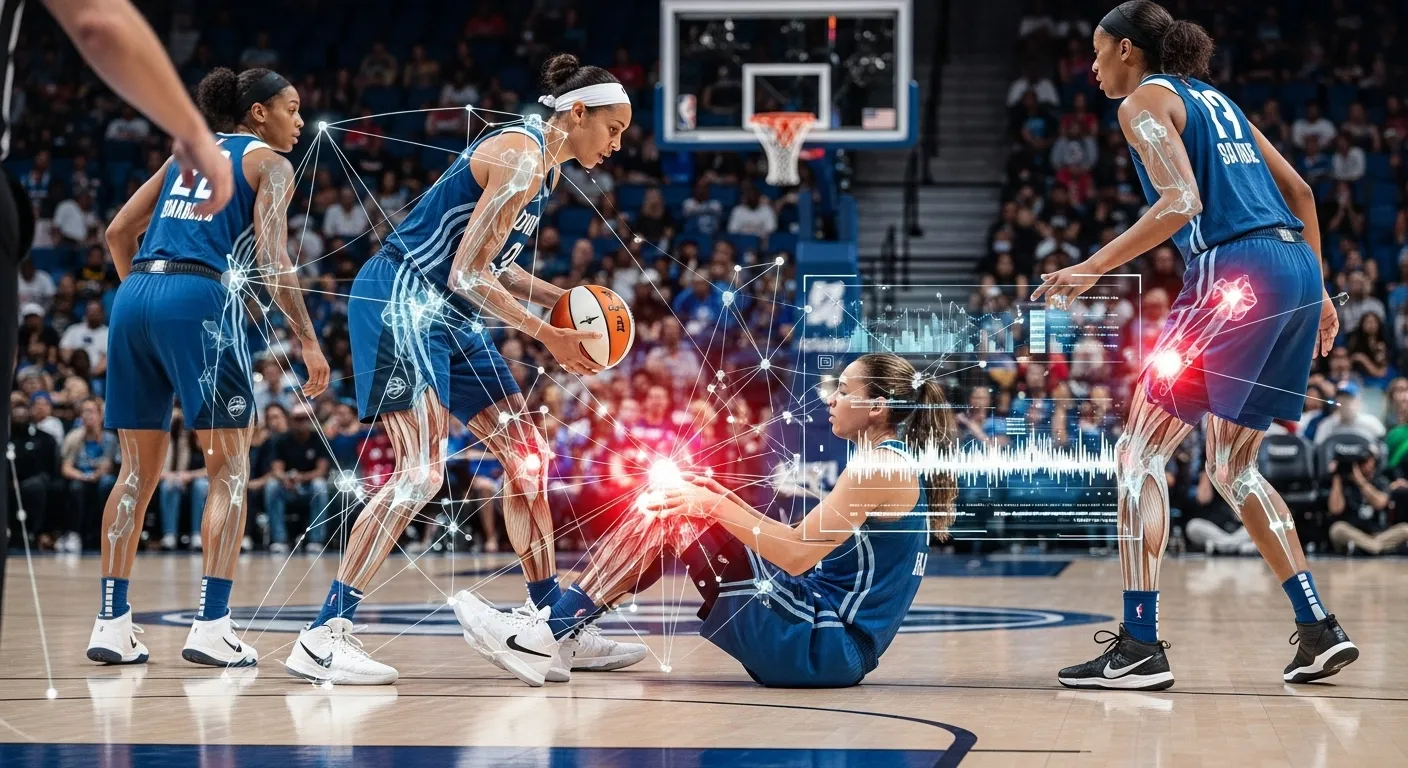

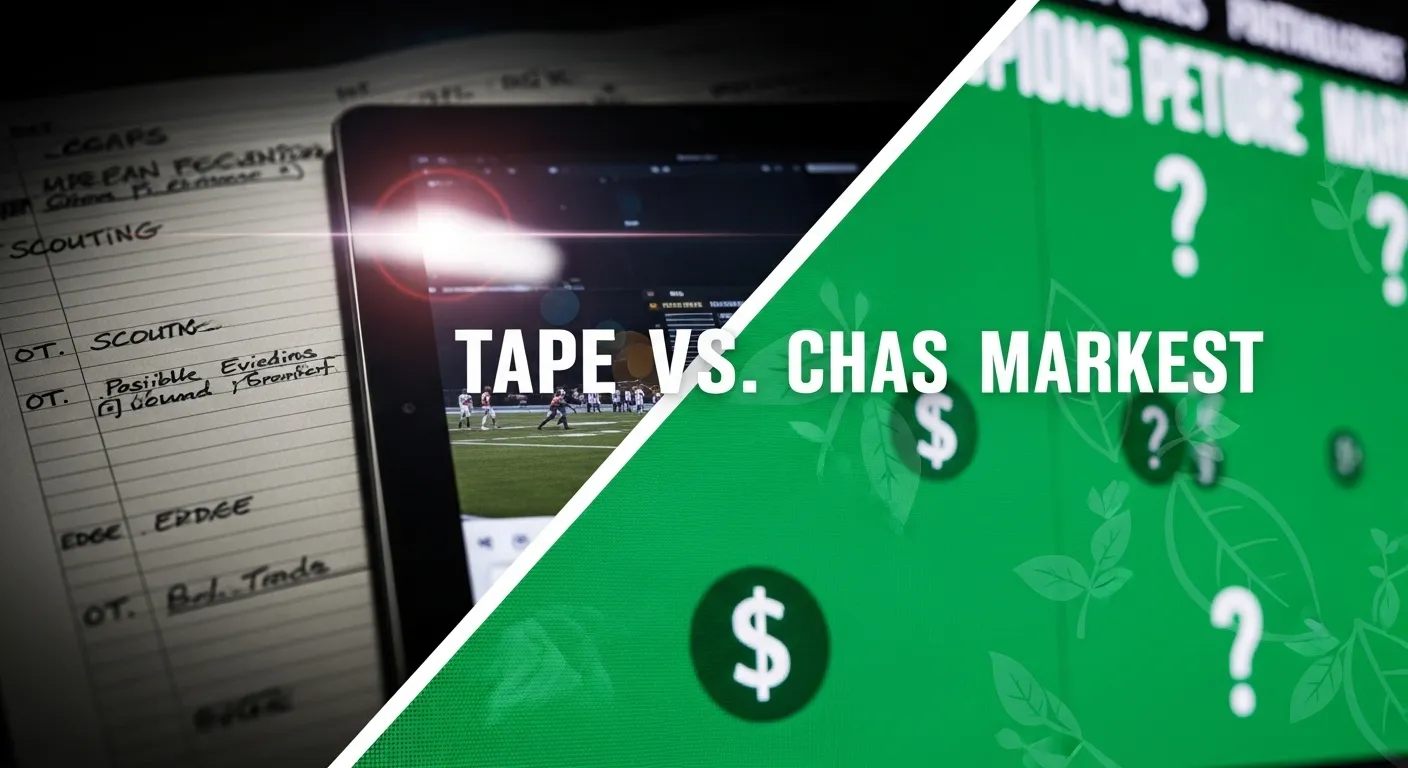
What’s the best way to spot red flags in injury reports for WNBA betting predictions?
Watch for vague timelines, repeated “day-to-day” tags, and players returning too quickly from recurring injuries.
Is there a specific indicator in practice notes that tells you the truth behind questionable tags?